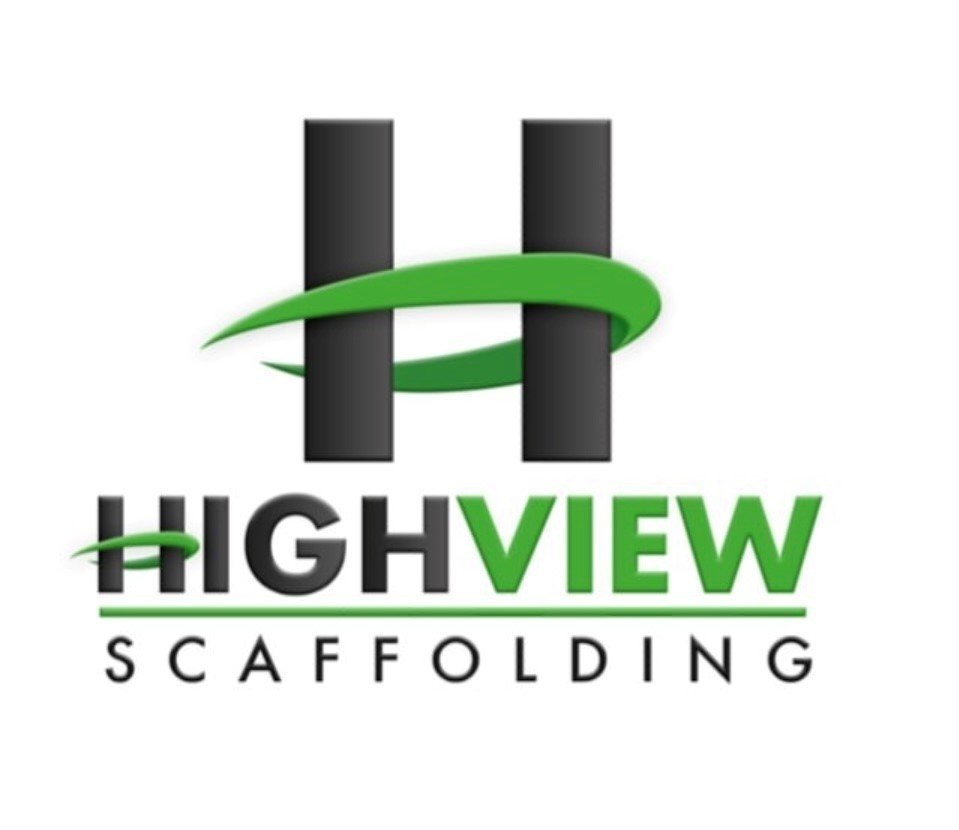The Risky Allure of DIY Scaffolding: Why Professionals Are the Safe Choice
When it comes to construction and home renovation, the temptation to cut corners is undeniable. DIY scaffolding might seem like a way to save money, but is the financial benefit worth the potential safety risks? This blog dives into the world of scaffolding, exploring the supposed cost savings of DIY versus the importance of safety and the benefits of using professional scaffolding companies like Highview Scaffolding.
The Appeal of DIY Scaffolding
DIY scaffolding has become popular among homeowners and small-scale contractors for its perceived affordability and flexibility. The idea of avoiding professional scaffolding costs and working at your own pace can be attractive. Additionally, DIY scaffolding kits make it seem like a straightforward solution for temporary construction needs. As building material prices rise, the appeal of DIY to reduce project costs grows. However, there are crucial hidden dangers to consider.
Safety First: Why DIY Can Be Risky
The apparent cost savings of DIY scaffolding come with significant safety concerns. Scaffolding inherently involves working at height, a major cause of construction injuries. Without professional training and experience, improper assembly, inadequate safety measures, and dangerous working conditions can arise. DIY scaffolding often fails to meet strict safety regulations, potentially leading to legal and financial liabilities in case of accidents.
Without proper training and equipment, DIY projects also risk dropping equipment, causing damage below. Professional scaffolders use tethers and netting to mitigate this risk.
Professional Scaffolding vs. DIY: A Clear Advantage
Professional scaffolding services offer several key advantages over DIY attempts:
Expertise: Highview Scaffolding's experienced professionals ensure safe erection that complies with all regulations. We also provide comprehensive insurance for peace of mind.
Cost: While DIY seems cheaper upfront, potential accidents, legal issues, and the cost of purchasing or renting scaffolding materials can quickly outweigh the savings.
A Comprehensive Service: Highview Scaffolding offers additional value like site assessments and safety training, promoting project efficiency and overall safety.
Making an Informed Decision
Choosing between DIY and professionals requires careful consideration of several factors. Safety should be the top priority. Understanding the risks of working at height and the expertise required to mitigate them is crucial. Project complexity also matters. Simple, low-risk projects might be suitable for DIY with strict safety protocols. However, for complex or high-risk projects, professional services from Highview Scaffolding are essential.
Legal Compliance Matters
Professional scaffolding companies are well-versed in local building codes and safety regulations, ensuring all work meets legal standards. This protects not only workers and the public but also you from potential legal repercussions and fines.
Make the Right Choice: Contact Highview Scaffolding
The decision between DIY and professional scaffolding shouldn't be taken lightly. It requires careful consideration of safety, legality, project complexity, and cost. While DIY offers a glimpse of cost savings, the risks and potential financial liabilities associated with inadequate safety and non-compliance are significant concerns.
Professional scaffolding services like Highview Scaffolding provide the expertise, experience, and peace of mind that come with knowing your project adheres to the highest safety standards and regulatory compliance. Ultimately, an informed decision prioritizes the safety of all involved, ensures legal compliance, and assesses the true cost implications of your scaffolding choice. In most cases, the benefits of professional services far outweigh the perceived savings of a DIY approach, making it a wise investment for project success and safety.
Contact Highview Scaffolding today for a free quote and let our experts ensure your project is safe and compliant.
Photo by Laughing Cynic on Unsplash

